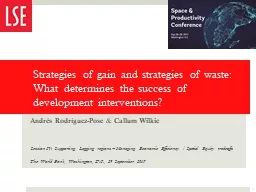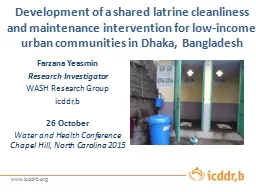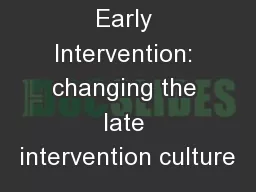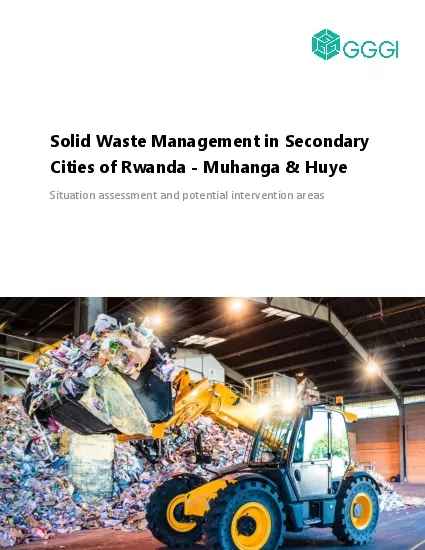PPT-Strategies of gain and strategies of waste: What determines the success of development
Author : calandra-battersby | Published Date : 2018-02-23
Andrés RodríguezPose amp Callum Wilkie Session IV Supporting Lagging regions Managing Economic Efficiency Spatial Equity tradeoffs The World Bank Washington
Presentation Embed Code
Download Presentation
Download Presentation The PPT/PDF document "Strategies of gain and strategies of was..." is the property of its rightful owner. Permission is granted to download and print the materials on this website for personal, non-commercial use only, and to display it on your personal computer provided you do not modify the materials and that you retain all copyright notices contained in the materials. By downloading content from our website, you accept the terms of this agreement.
Strategies of gain and strategies of waste: What determines the success of development: Transcript
Download Rules Of Document
"Strategies of gain and strategies of waste: What determines the success of development"The content belongs to its owner. You may download and print it for personal use, without modification, and keep all copyright notices. By downloading, you agree to these terms.
Related Documents














